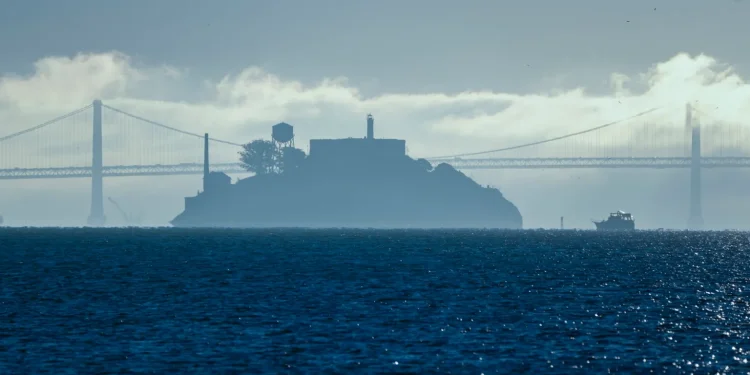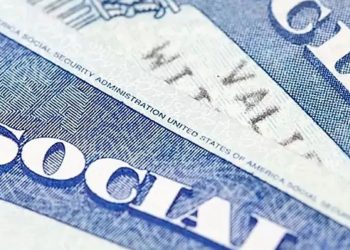In a move sparking political pushback and national headlines, President Donald Trump announced he has directed the Federal Bureau of Prisons to reopen the infamous Alcatraz prison, aiming to house what he called “America’s most ruthless and violent offenders.”
Trump posted the announcement on Truth Social, writing:
“For too long America has been plagued by vicious, violent, and repeat criminal offenders. Alcatraz will stand once again as a symbol of law, order, and justice.”
Later, speaking to reporters on his return flight from Florida to Washington, Trump clarified that the idea “just came to him” — and that he decided to act on it.
The announcement immediately drew sharp criticism from Democrats. Former House Speaker Nancy Pelosi, in a post on X (formerly Twitter), called the proposal unserious:
“Alcatraz closed as a federal penitentiary more than sixty years ago. It is now a very popular national park and major tourist attraction. The President’s proposal is not a serious one.”
Located on an island in San Francisco Bay, Alcatraz has been closed since 1963 due to high operating costs and logistical challenges. It once held notorious criminals such as Al Capone and George “Machine Gun” Kelly, and today attracts over 1.5 million tourists annually as part of the U.S. National Park Service.
Despite its fame as an “escape-proof” facility, five inmates famously vanished in 1962 and were presumed drowned — though their fate remains one of America’s most debated prison mysteries.
Trump’s rhetoric harks back to a “tough-on-crime” era, suggesting that serious criminals be locked away in a symbolic fortress. But the practicality of reopening a national landmark and converting it back to a maximum-security prison raises serious logistical, legal, and political hurdles.









